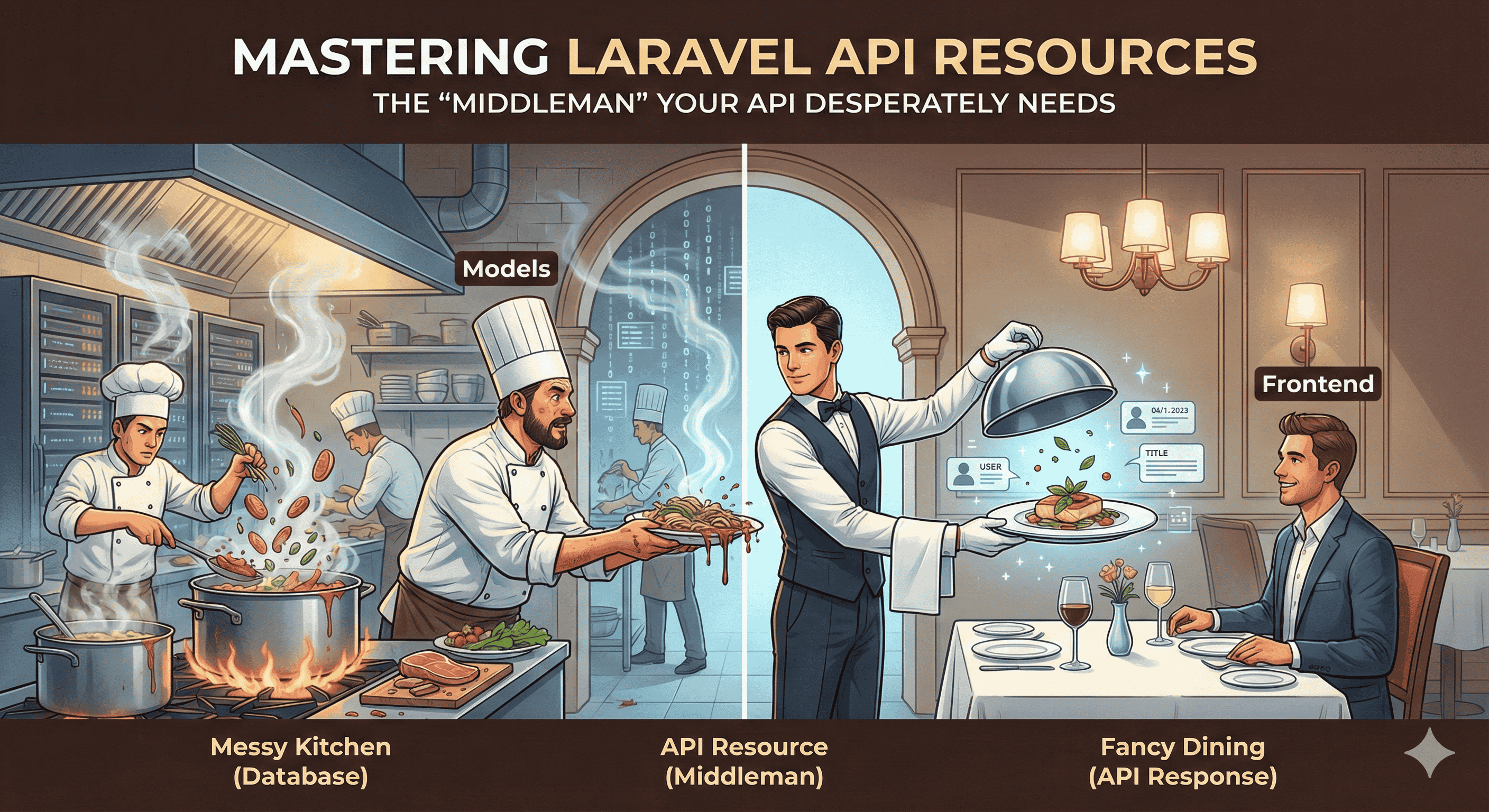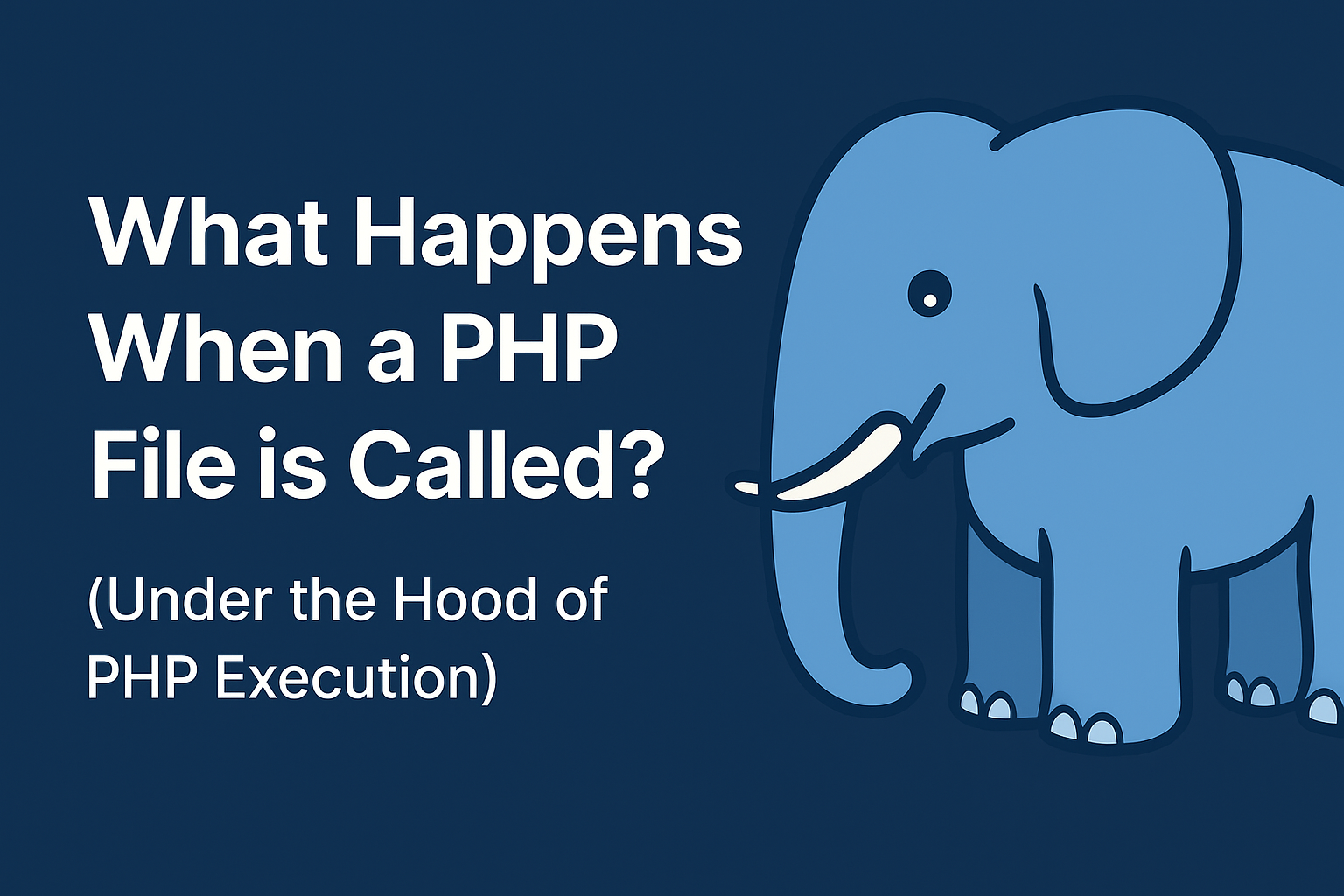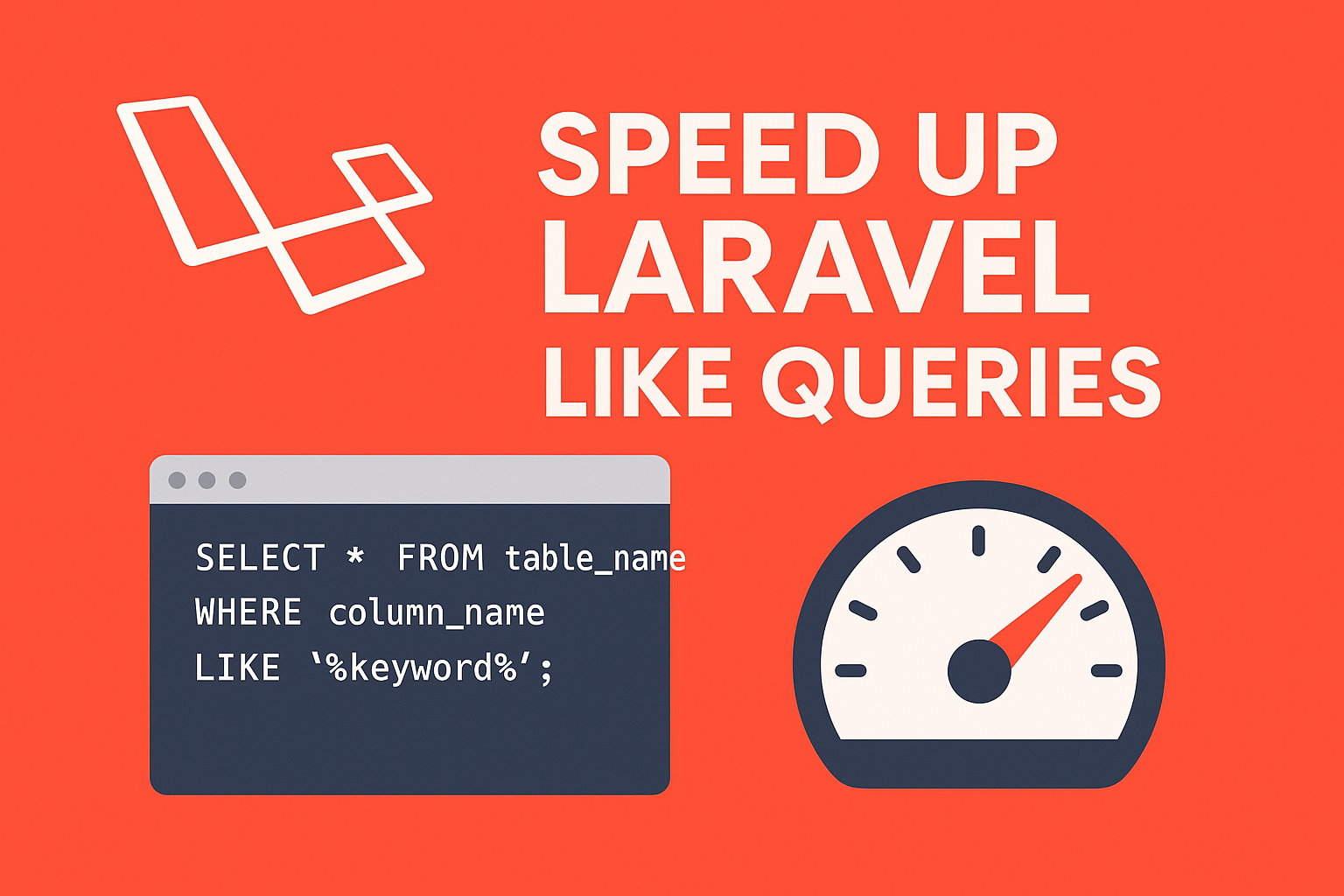Is Your API Slow? The "Dirty Loop" Problem You Didn't Know You Had
Are you still returning User::all() directly in your Laravel controllers? Stop! This guide explains why returning raw models is a security risk and a performance killer. We dive into the 'Satellite View vs. Road Map' analogy to show how Laravel API Resources act as a critical transformation layer. You will learn why manual foreach loops destroy server memory, how to prevent accidental data leaks (like password hashes), and the best way to decouple your database structure from your API response for a robust, professional application."






